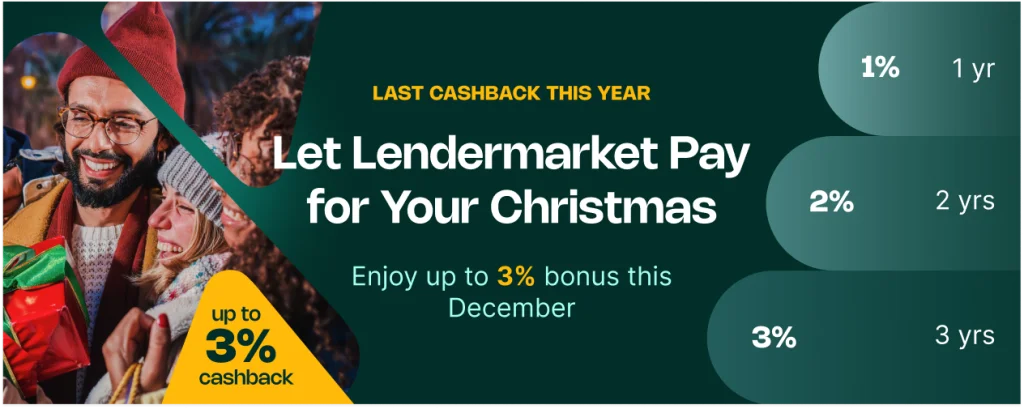We have now learned what the basic structure behind a P2P loan looks like. But how exactly does the processing of such loans work? What role do the individual parties play? What types of credit exist and what advantages and disadvantages should you pay attention to?
Let’s look more closely at the process. In the case of one of our Loan Originators, Creditstar, a potential borrower applies for a loan on their website.The service is currently available in eight countries: Estonia, Finland, Sweden, Denmark, Poland, the Czech Republic, Spain and the United Kingdom. For each country, there is a separate website that the borrower can visit. Behind each website, there is a separate team and separate processes, which come from the different legal requirements of each country. The range of loan products also differ in the individual countries.
The borrowers must first register on the Creditstar site and verify their identity. They can then submit a loan application, which is different for first and subsequent borrowers. For first-time borrowers, the maximum loan amount is lower and the subsequent borrowers do not have to go through a verification, as they can comfortably manage further loan inquiries on their existing account. An automated check takes place after the loan application has been sent.
In exceptional cases, the process is checked by a credit manager and the customer is contacted to clarify any open questions. It is important that the borrower is of legal age and has a regular income. In most cases, the borrower receives a decision within 15 minutes of submitting the application. Since Creditstar works with many banks, there is even the possibility that the borrower receives the money on their account in a matter of seconds.
A lot of information about the loans is available on the borrower’s user account. There the customer has an overview of all the payments and can check the exact status of the loan. The loyalty of the customers is important to the group. That’s why, in case of any problems about the further process, they act in dialogue with the borrower. The borrower also has the possibility to repay the loan early or extend it.
Now let’s take a look at the loan types and their advantages and disadvantages.
Short-term consumer loans are most common in the P2P lending sector, and also in Lendermarket. They are increasingly replacing the classic payday loans, which often have very high interest rates. Thanks to digitization and the lack of expensive branches, these loans can now be offered cheaper. However, sometimes it happens that borrowers with no credit history or with poorer creditworthiness are approved. These loans are also often unsecured and have a higher risk of default than other types of loans. On the other hand, the achievable interest rates for investors are particularly attractive with these loans.
At Creditstar there are three different sub-forms of consumer credit: micro-credit, installment credit, and line of credit.
The microloan has a small amount of around 50–1,000 euros, depending on the country, and is usually paid in one single installment. Its duration is usually very short, from a few days to weeks.
The installment loan has a higher loan amount and the borrower can repay it in several repayments. In addition, the term is also longer, between a few months and a few years.
A line of credit is granted when the customer has a good credit rating and borrows repeatedly. This makes it easier for the customers to repay loans with a bundle and get money very quickly if they need liquidity.
After a loan is granted by Creditstar, Lendermarket comes into play. The platform accepts the loan for financing on its loan marketplace and places it in the loan offers. We’ll look at how investors can invest in them in the next section.



